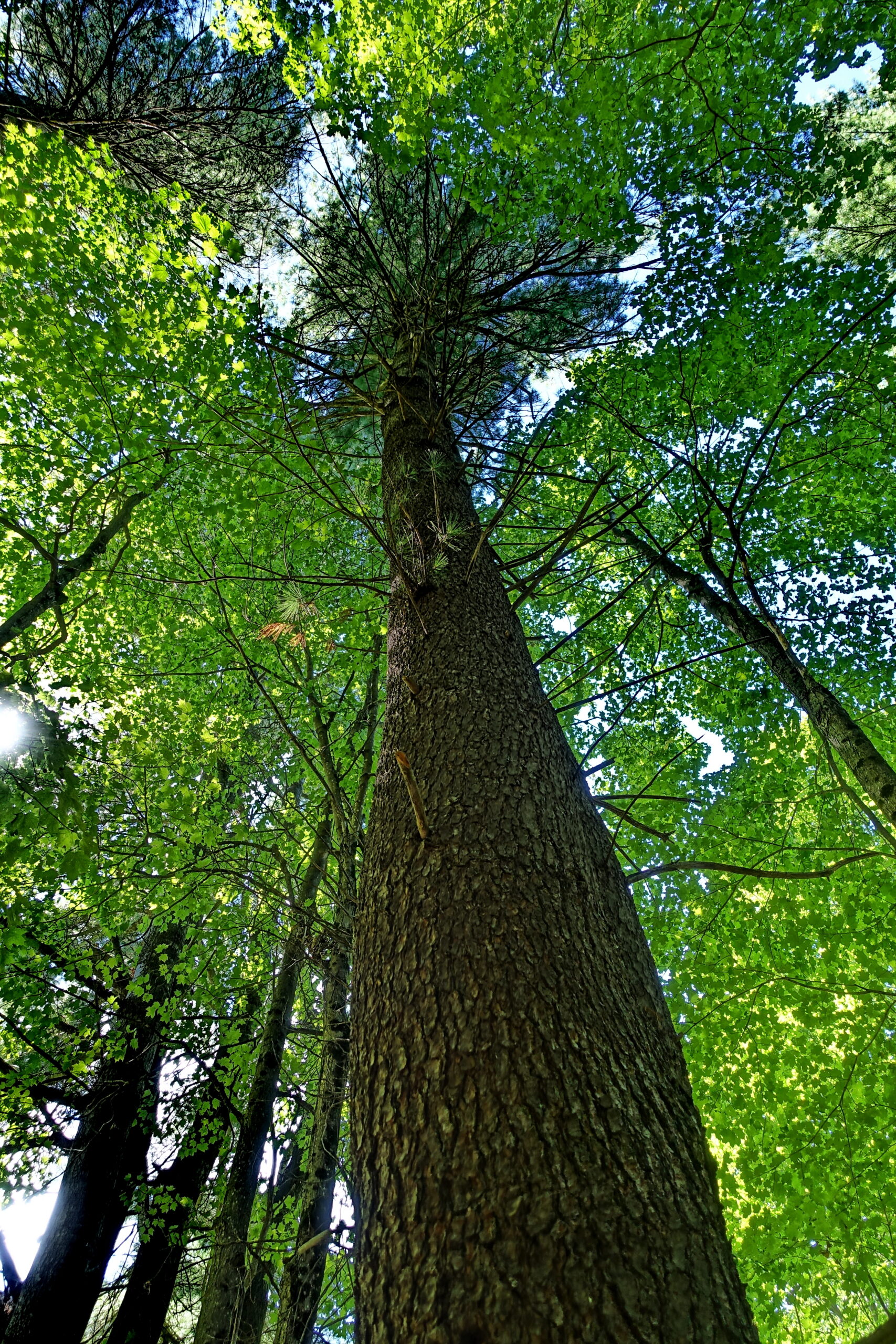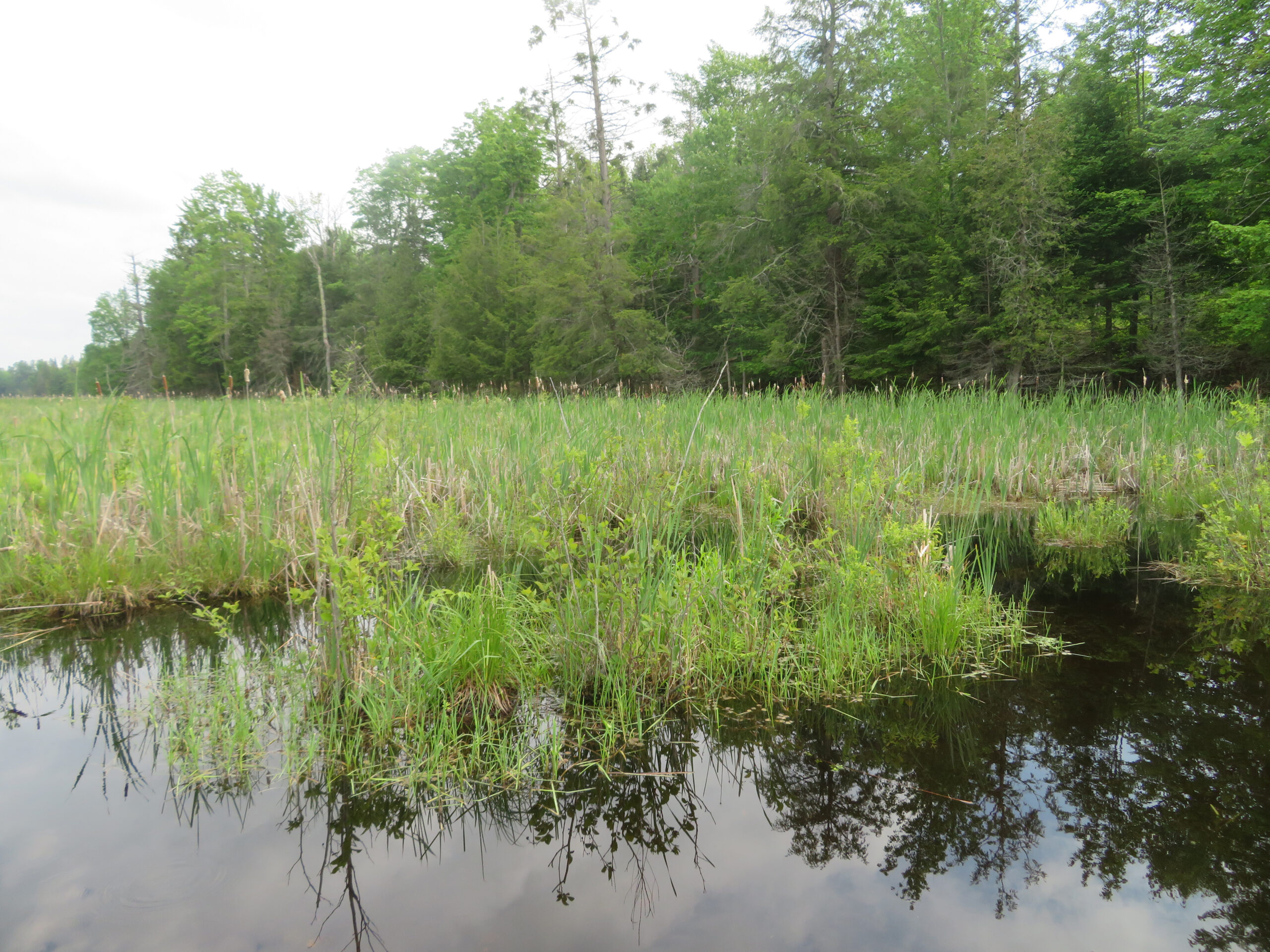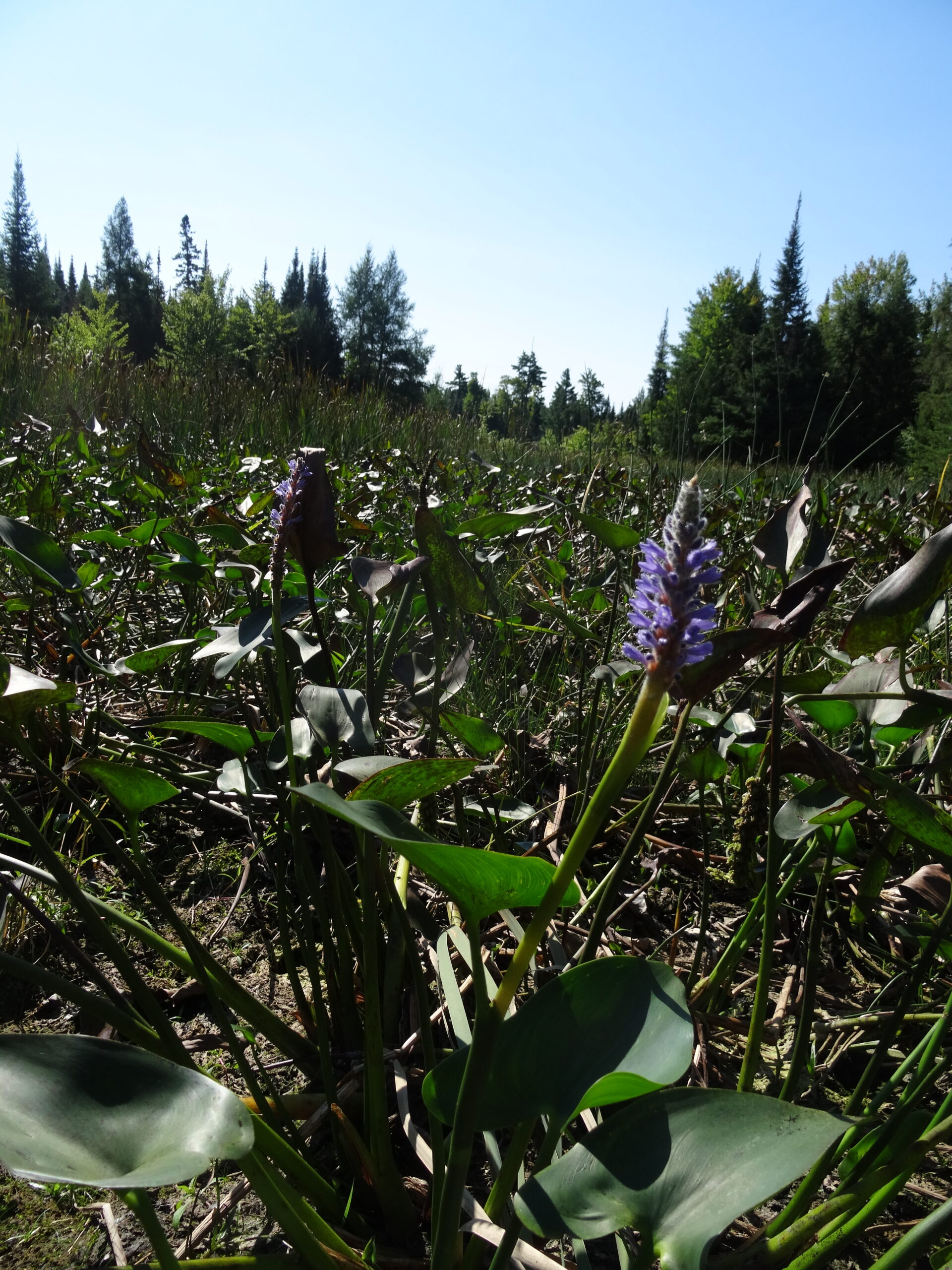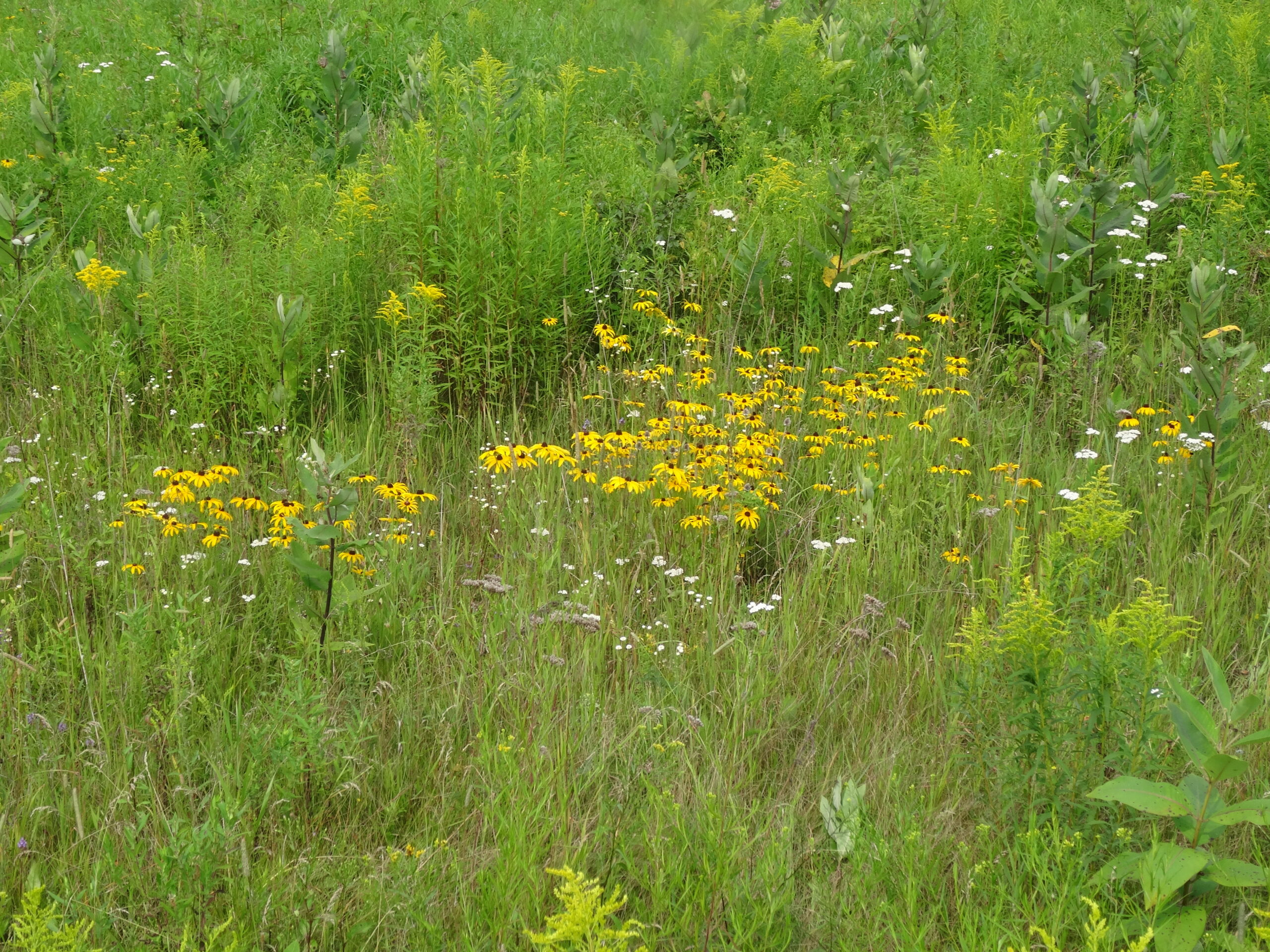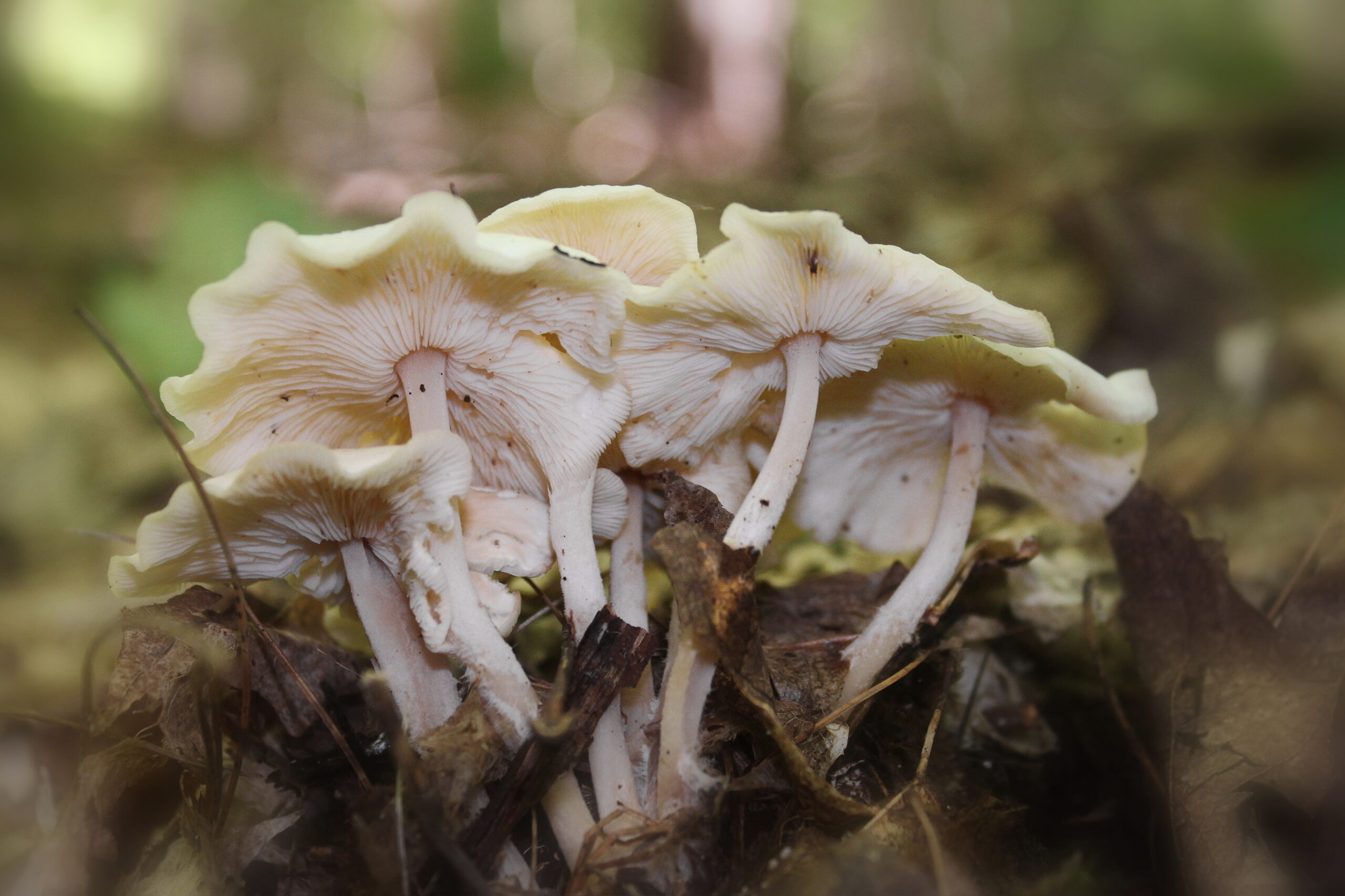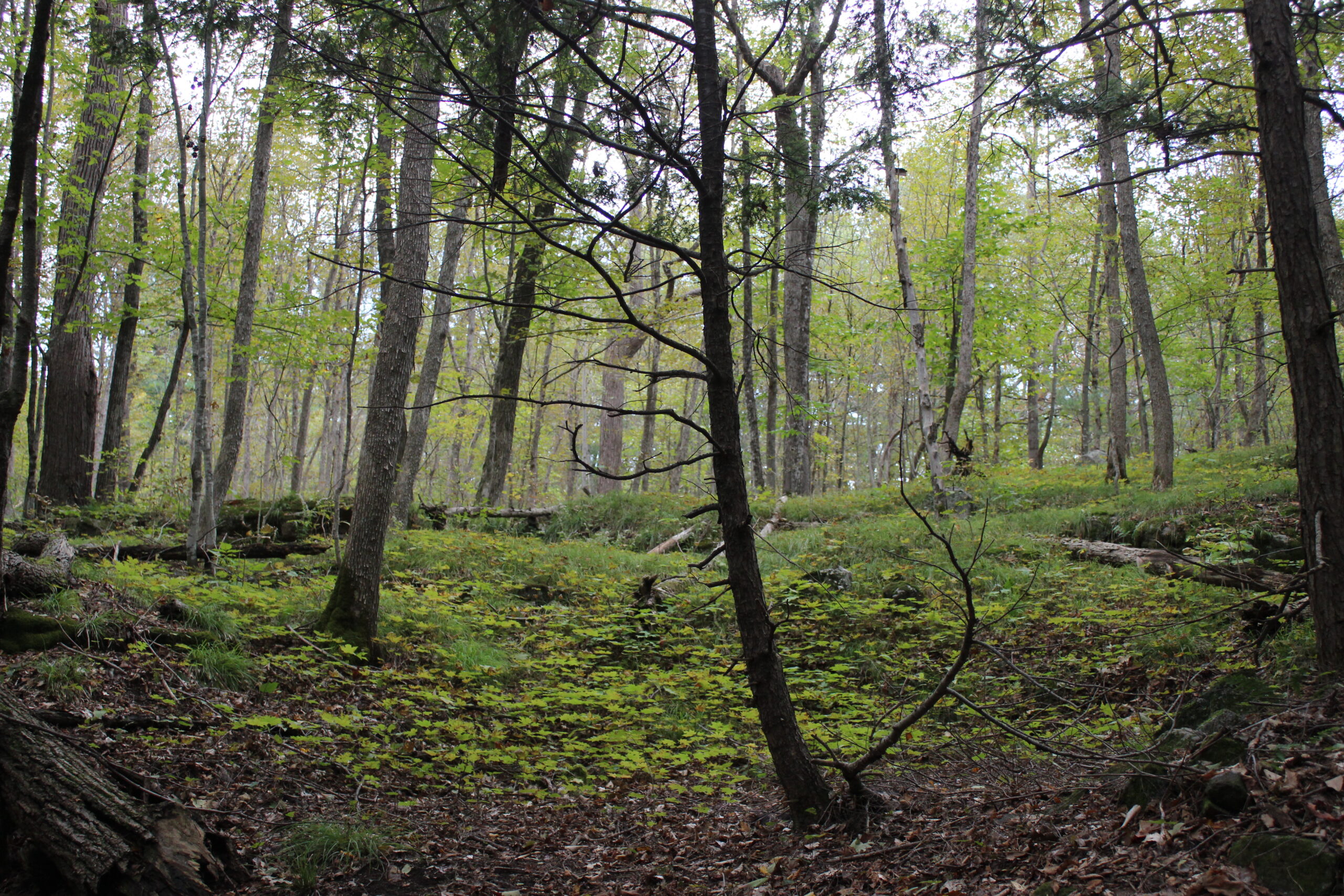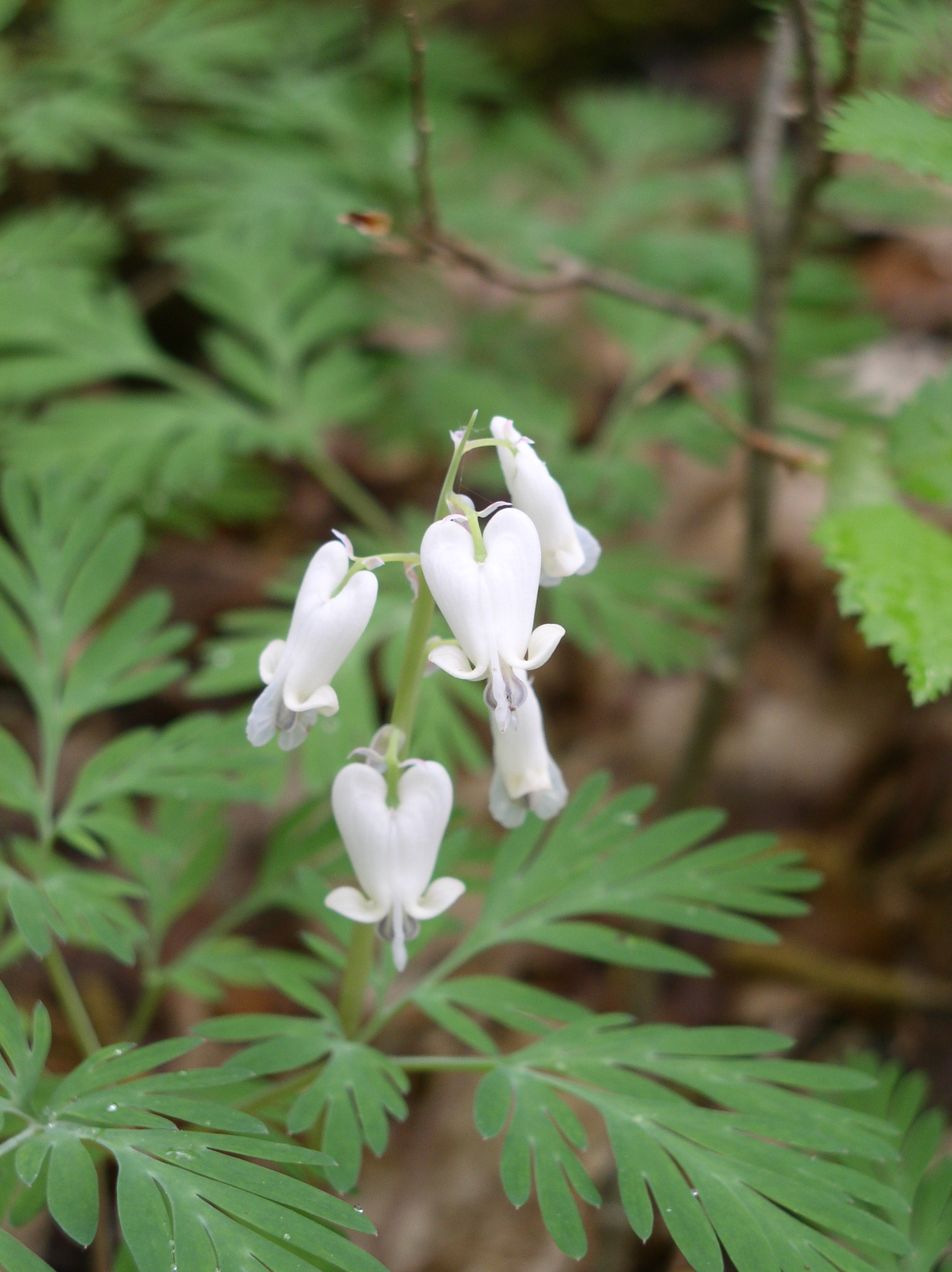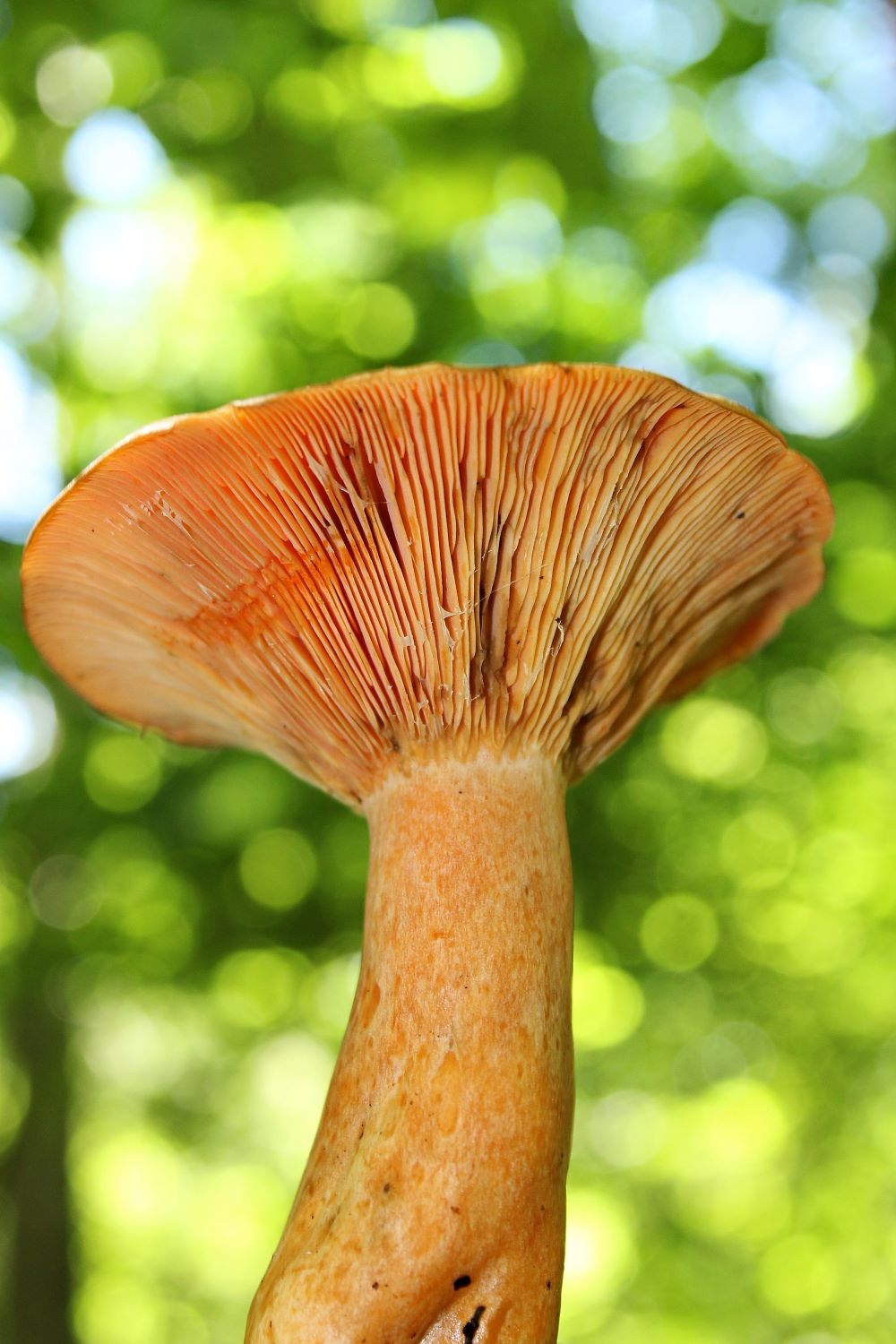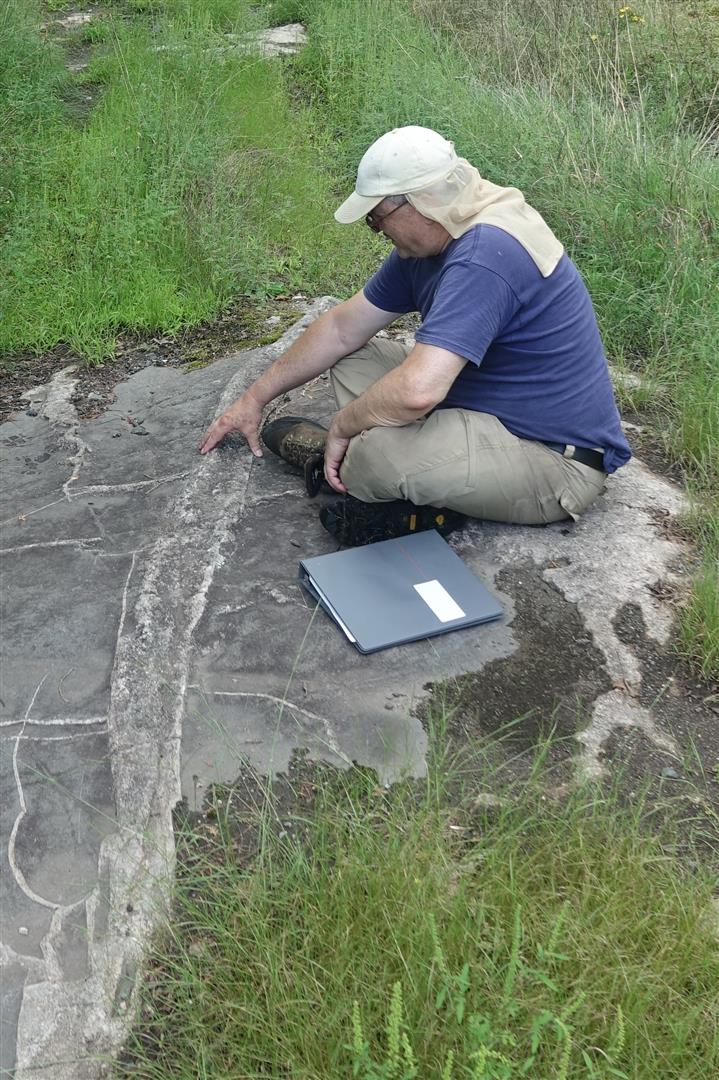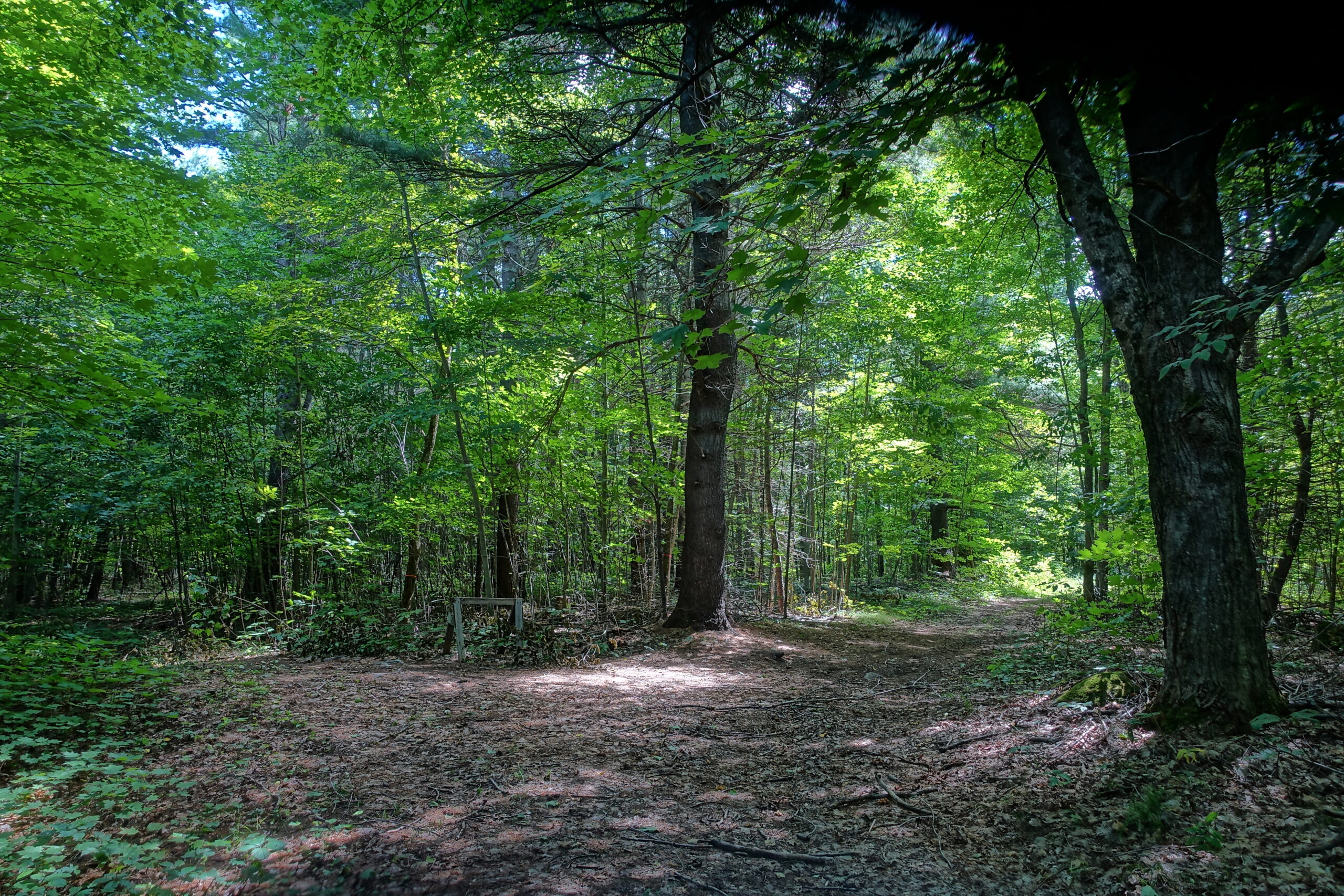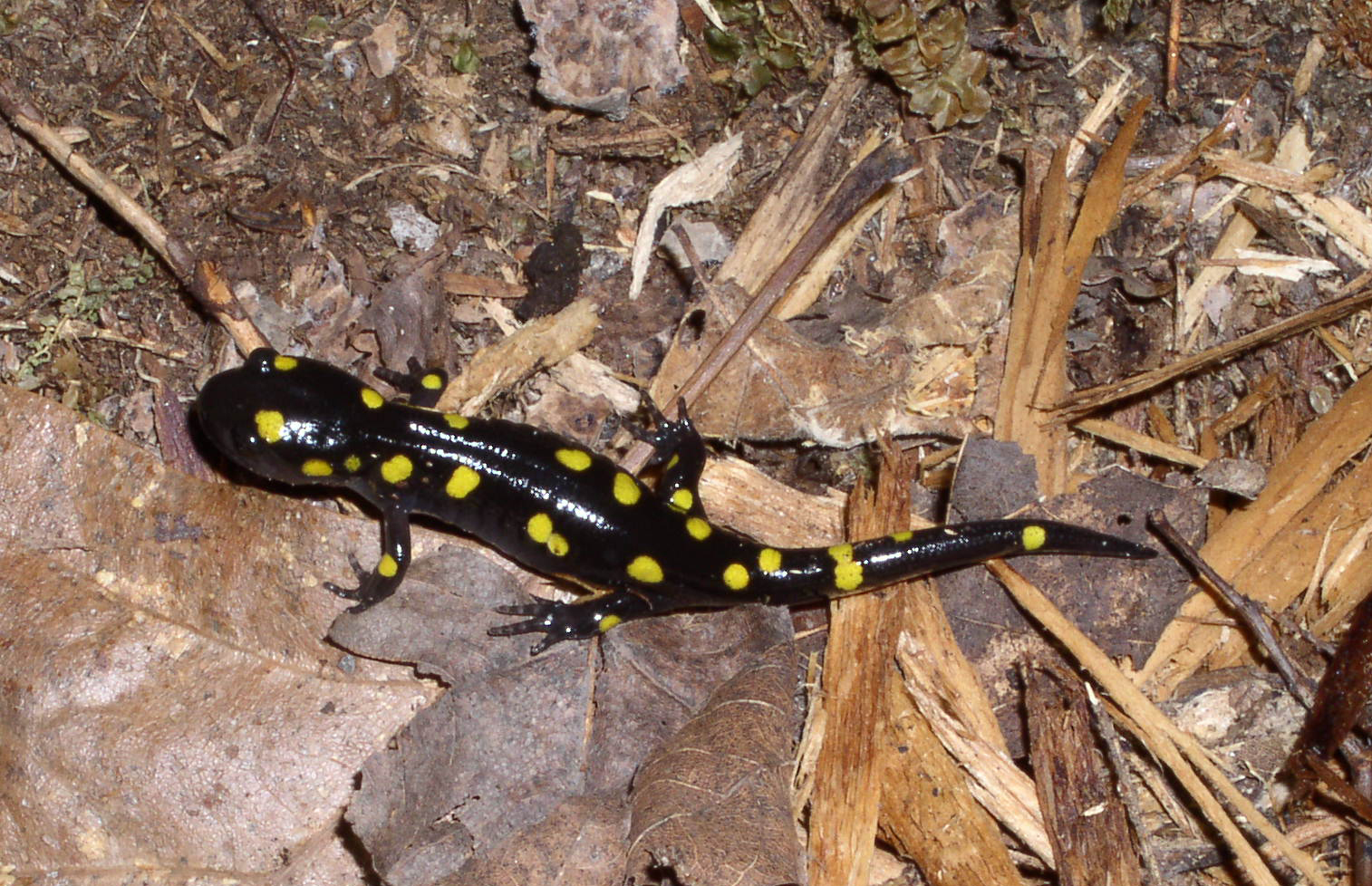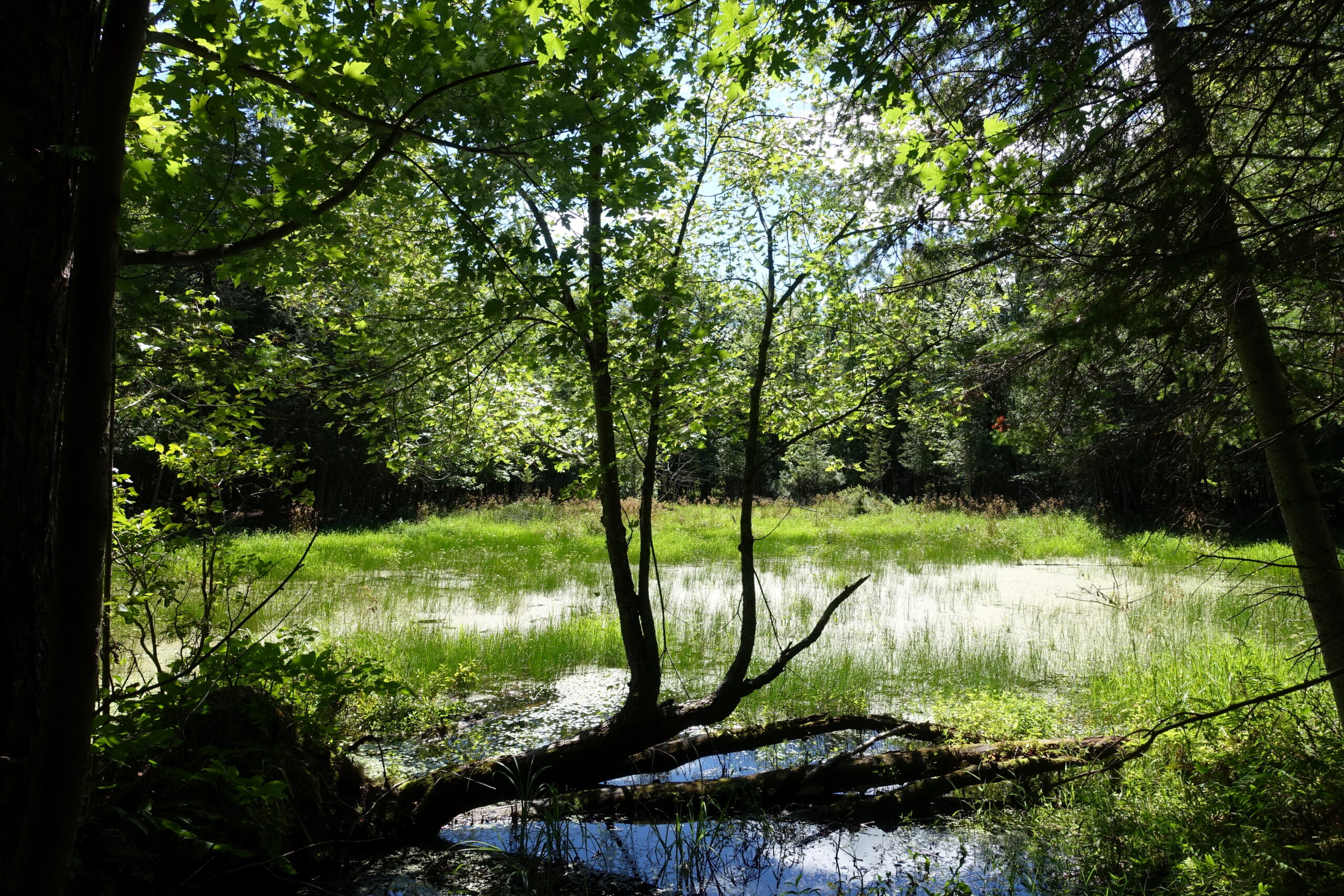History
This property was sold by the Crown in 1829. Sometime after, a farmhouse was built and the land was logged and cleared for farming. In 1926 (earliest aerial photograph), old farm fields covered 46% of the property; in 2014, that number was down to 30%, and in 2020, down to 14%. This reclamation of farmland by nature is due to succession and conservation efforts on the property. (The remaining field area is excellent habitat for a diversity of grassland birds and butterflies!)
Paul and Cathy Keddy first visited this property in the 1980s and recognized its ecological significance. In 1994, the property was being selectively logged as Paul and Cathy were in the process of trying to purchase the property. They paid extra to save about 15 acres from being logged and acquired the property that same year. Salamander Forest was legally protected through a Conservation Easement Agreement (CEA) with MMLT in 2021. This CEA ensures that Salamander Forest will be protected in perpetuity.
Nature Highlights
The majority of the land (~65%) is interior habitat (more than 100 m from anthropogenic disturbance such as roads or fields). It is largely rocky with thin soils and underlain by the Canadian Shield.
Fifteen ecological communities ranging from hardwood forest to marsh to butterfly meadow occur on the property. The upland forests are mainly sugar maple, but include white pine forest, mixed forest, and hemlock stands. The wetlands, interspersed with the forest, include species-rich marshes, deciduous swamps, vernal pools, and seepage areas. The property provides habitat for 10 at-risk species and 11 plant species of regional significance.
Salamander Forest provides habitat for 349 species of vascular plants, 101 birds, 36 bryophytes, 20 butterflies, 15 mammals, 11 amphibians, and 5 reptiles. Ten species considered either rare or sparse and numerous species considered uncommon in the region occur on the property. Species-at-risk known from the property include: Butternut, Wood Thrush, Eastern Wood-pewee, Common Nighthawk, Painted Turtle, Snapping Turtle, Whip-poor-will, Blanding’s Turtle, and Monarch Butterfly.


